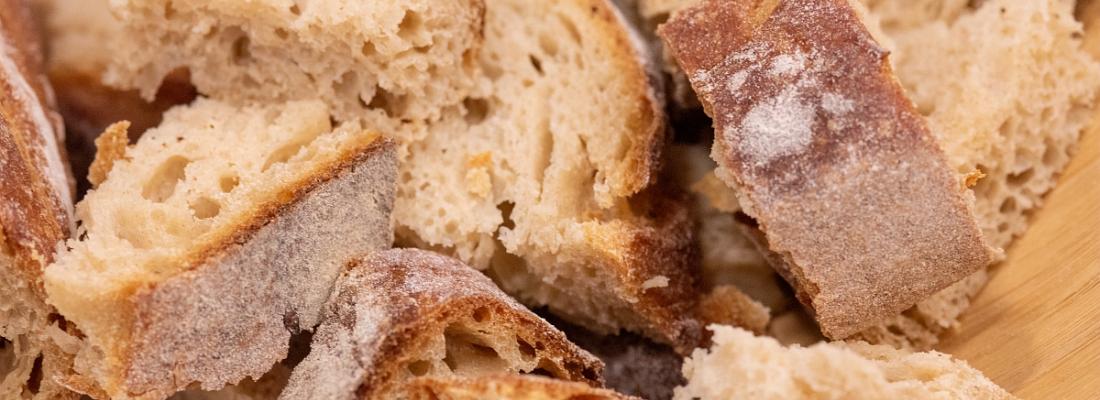Follow us on Google News (click on ☆)

Illustration: One less mystery in bread baking.
© INRAE - Bertrand NICOLAS
The team delved into the complexity of water's role in the bread recipe, a simple molecule that has the power to control the subtle biochemical transformations that occur during the baking of bread dough. To decode these processes, they opted for an innovative approach using low-field nuclear magnetic resonance (NMR) technology. This technology is commonly applied in the pharmaceutical industry to characterize the structure of active pharmaceutical ingredients but is less known in the food industry.
Traditional analysis methods require halting the baking process, followed by exposing the dough to air with the risk of generating significant experimental errors. This is why researchers preferred low-field NMR to observe in real-time, without altering the samples, the transfer of water inside the dough. This revealed molecular dynamics that had been unexplored until now.
The key tool that enabled this thorough exploration was surface NMR (NMR-MOUSE, Magritek, Germany), an advanced technology whose open geometry and magnet mobility allow for precise measurements (resolution ranging from 10 micrometers to several hundred microns) at different depths in a sample a few inches thick. For this monitoring, our researchers designed a device that allows baking the dough while performing NMR measurements. This device can control the temperature without disturbing the measurements in a hermetic chamber that ensures result precision.
Combined, the device and measurement method isolated the evaporation-condensation-diffusion mechanism from other water transport mechanisms. Thus, it is now possible to further study the influence factors of this transport, which remain poorly understood. Despite the dough's closed porous structure, an increase in water content of up to more than 10% (wet basis) was observed within the sample, under a spatial variation in temperature of about 5.4°F per millimeter (approx. 3°C/mm) between the hot surface and the cooler center of the crumb.
This advance in understanding the water migration process from the surface to the core of the bread dough is of major importance. It contributes to a better understanding of the physical mechanisms underlying the baking process, aiming to better grasp the development of the bakery products' alveolar structure and especially that of bread. Physically describing these phenomena and formalizing them is indeed the crucial step toward optimizing the baking process on an industrial scale. This research opens new perspectives for improving baking practices, both artisanal and industrial, marking a significant step in merging science and the art of baking.
Reference:
Lucas T. et al. (2024). Non-invasive NMR investigation of the evaporation-condensation-diffusion mechanism in unyeasted bread dough during heating. Journal of food engineering, 372, https://doi.org/10.1016/j.jfoodeng.2024.111969